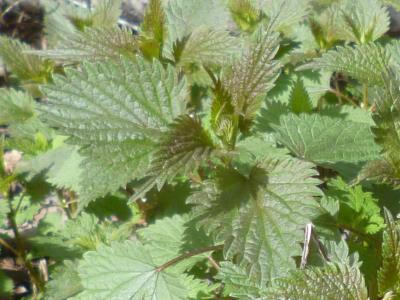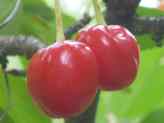Nettle Tea
A great use for an uncomfortable plant
If you're cursed, or blessed, with nettles, learn how to use these rather hard to handle plants for a beneficial nettle tea.
Nettles are known for their nasty habit of causing blisters and contact dermatitis in anyone who gets too close.
For this reason, most gardeners tend to just pull them out, with gloves on, of course.
The cause of the rash and itching dermatitis are tiny hollow prickles that break off in your skin, releasing a short lived irritant into the epidermis.
In time, a few hours to overnight, the prickles are ejected by your bodies natural defenses, but it sure makes you think twice about getting anywhere near these plants.
They have a few good properties, and these outweigh the disadvantages, so if you have a small patch in your garden, try and manage them so they can't harm anyone; a fence or barrier around them works well.

Nettle tea is one of the old time organic gardeners tested and true remedies for everything that ails a plant.
The tea contains compounds that help with everything from botrytis and powdery mildew to encouraging beneficial nematodes in the soil.
Used as a drench, it can reduce numbers of ants in an infested bed, or prevent clubroot in brassica transplants. Of course, some of the claims for this natural remedy are a bit out there, and bear closer inspection.
Try nettle tea in your garden, and see if it works for any of the plant problems you encounter.
Several handfuls of nettles, soaked in a bucket of water for a week or two will ferment and produce a brownish green liquid. Use it straight for a root dip, or dilute it for a tea or a spray.
Sign up for
Out in the O-Garden Newsletter
and get your five part composting E-course - FREE!
Join my
email
group and get tips, information and more monthly-ish.

New! Comments
Have your say about what you just read! Leave me a comment in the box below.